You can fix most domestic plumbing problems and even update plumbing fixtures with a few special tools and a little elbow grease. The work isn't challenging. However, you must understand the distinctions between the various types of pipes, fittings, adhesive, and solder because this is an area where many DIYers make mistakes. DIYers make these other typical mistakes and do not use the correct parts. Here's how to prevent the top ten plumbing mishaps and complete the task correctly.
- Overtightening Connections
The most common DIYer mistake is overtightening supply tubes, pipes, fittings, and toilet bolts. You risk damaging a galvanized or black pipe, coupling, tee, or elbow if you crank it too hard. Although the crack may not appear immediately, the extra stress can cause the fitting to fail weeks later, resulting in a flood.
Even more common is overtightening the rubber fittings on toilet and faucet supply tubes. To seal a supply tube, you don't need so much torque. If the hex nuts are overtightened, they will eventually shatter and leak. Furthermore, overtightening toilet closet bolts at the bottom or between the bowl and tank might break the porcelain and cause the toilet to be destroyed.
- Using the Wrong Tape or Wrapping Thread Tape Backward
To work effectively, PTFE thread tape (also known as Teflon tape) should be wrapped clockwise around the threads. However, many DIYers wrap it backward, causing the tape to unwind from the threads when the fitting is tightened. Since thread tape can't seal unless it's embedded in the threads, this defeats the purpose of using it.
As you screw the tube into the fitting, wrap three times around the threads, with the last wrap facing to the left. Stop and re-wrap that last wrap if it's pointed to the right.
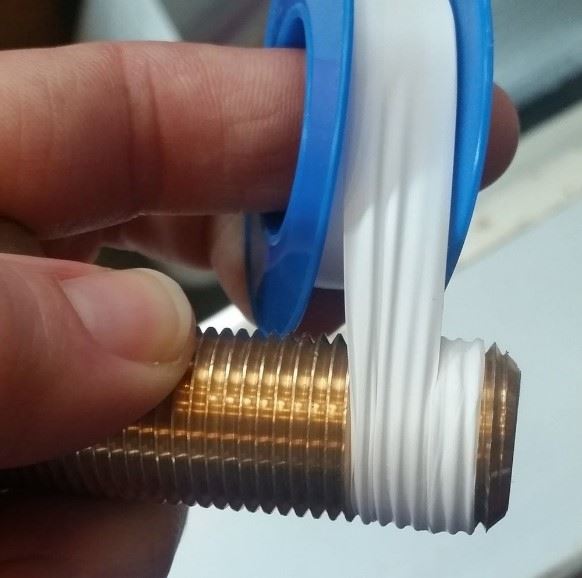
7 Basic Plumbing Tools Every Homeowner Should Have
- Using Drain Cleaners as a First Choice
A snake or a barbed drain cleaning tool is the most straightforward approach to unclog kitchen and bathroom sinks. Alternatively, remove the P-trap and pour the blockage out. However, far too many DIYers start with liquid drain cleaning and use far more than the advised amount. That's a mistake because liquid drain cleaner isn't always the best option, and more isn't always better. Liquid drain cleaner can cause more difficulties than it addresses. This is why:
- If the liquid cleaner fails to dislodge the clog, you or your plumber will most likely have to remove the trap arm and fill it with caustic, corrosive drain cleaner later. Isn't that going to be a blast?
- Using too much or too regularly drain cleaning can corrode metal traps and pipes, resulting in leaks.
- The rubber gasket in "mission" style couplings is destroyed by liquid drain cleaning. If you use liquid drain cleaners on any of the connections in your drainpipes, you'll damage them and cause future leaks.

Drain Clearing Tips & Tricks Everyone Should Know About
- Tackling a Plumbing Job Without Spare Parts
When it comes to faucet repairs, many DIYers make the mistake of purchasing only a cartridge or washer. However, if the washer or cartridge is worn, other faucet parts are likely to be worn as well. You'll undoubtedly end up with a leaky faucet if you don't replace the stem seal, gasket, and O-rings when replacing the washer or cartridge. This will necessitate a second trip to the hardware shop, as well as another faucet disassembly and reassembly. Because those extra parts are inexpensive, make it a rule to buy them all at once and "rebuild the faucet" rather than just replacing one.
When it comes to drain lines, the same rule applies. Ensure you have enough rubber compression gaskets to replace the gasket in every joint you disassemble while disassembling a metal p-trap and arm. Although the beveled poly washers used on PVC traps and arms may be reused, you should keep a few spares on hand in case you lose one or the old one cracks.
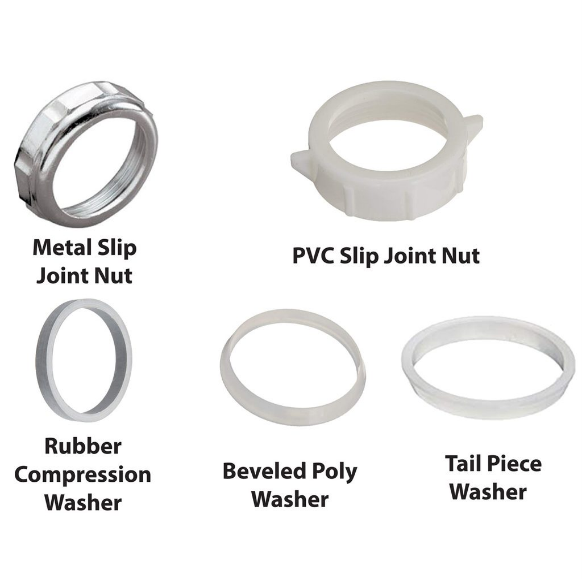
7 Basic Plumbing Tools Every Homeowner Should Have
- Not Turning Off the Water
Many DIYers believe they can simply leave the water on and replace the valve. Yeah, that almost never works out. You'll have full water pressure flooding the area and dripping down to the lower floors if you can't connect the new valve or faucet. Why risk thousands of dollars in damage when shutting off the main water supply valve takes only a few extra minutes? Experienced plumbers shut off the water. You should, too.
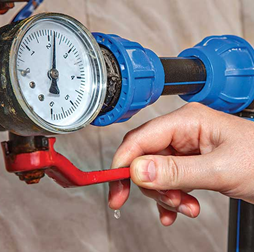
- Using Too Much Muscle On a Stuck Shut Off Valve
When sink and toilet shutoff valves are not used for an extended period, they tend to seize. Don't imagine that applying additional muscle will solve the problem if you can't turn the knob by hand. Not only will the knob be broken off, but the valve stem may also be broken off simultaneously. The stem packing seal has welded itself to the valve stem, making it impossible to turn. To fix it, remove the stem nut just enough to break the connection and turn the knob with an adjustable wrench. Simply tighten the stem nut and check for leaks after you're finished.
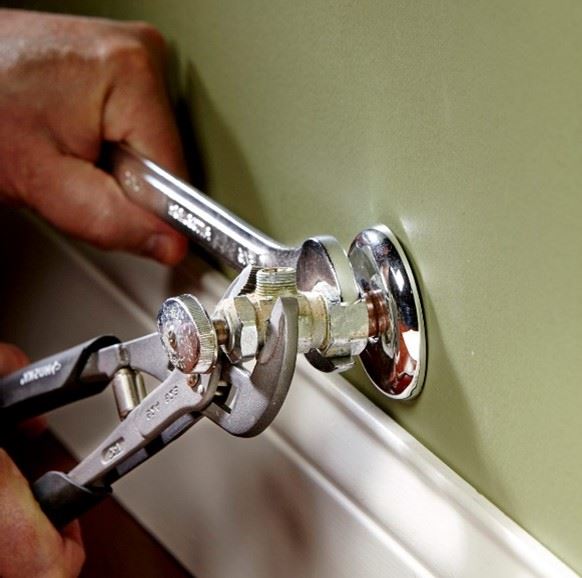
- Sweating Copper Pipes With Water in the Line
Before sweating, copper pipes and fittings must be totally dry. The joint will leak if there is any water near where you're working. Steam simply causes pinholes in the solder. Fine jets of water will emerge from the joint when you turn on the water. Then you'll have to start all over again. Before hitting the joint with a torch, plug the pipe with white bread, a special capsule-like plug, or a specific tool.
- Not Having the Right Tools
Because they always have the correct instruments, plumbers make the work appear simple. DIYers frequently try to get by with the tools they have on hand. That's when things start to go wrong. Using a regular pipe wrench or slip-joint pliers to remove an old galvanized nipple can damage the pipe and leave the threads in the wall. You can avoid this type of damage by investing in a low-cost set of internal pipe wrenches. The same suggestion holds true for various plumbing issues.
- Use a strap wrench to avoid damaging the finish of your faucet. Alternatively, use an electrician's tape to wrap the jaws of an adjustable wrench.
- Use an extension basin wrench to remove rigid faucet supply tubes and screws.
- Instead of using a hack saw, use a tubing cutter to make perfectly square tubing cuts.
- Use a wire brush that is both interior and external to speed up copper burnishing.
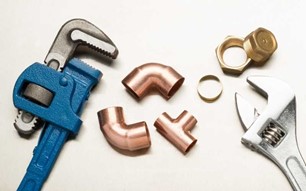
7 Basic Plumbing Tools Every Homeowner Should Have
- Mixing up Wyes, Tees, and Elbows
It's vital to know which drain fittings to use in each application to avoid code violations and nasty odors. In this photo, a wye has been installed to link the p-trap to the vertical drain. The horizontal p-trap connection, however, required a 45-degree elbow. This setup may appear functional, but it is a code violation that can result in severe consequences. As it sits, the drain water will run down the steep slope at such a high rate that it will siphon water out of the p-trap, allowing sewage gas to enter the house.
To put it another way, this setup stinks. In this case, the DIYer should have utilized a sanitary tee. However, a sanitary tee cannot be used in all drain applications.
It can't be used to link two horizontal pipes or to link a vertical pipe to a horizontal drain. A tee, wye, or long or short sweep elbow may be used depending on the situation. Furthermore, a 90-degree vent elbow cannot be used to change the direction of a drain line (unless you like cleaning out clogs). To put it another way, you must know when to use each sort of fitting. A plumbing guidebook will tell you how to utilize each fitting correctly. Alternatively, before purchasing parts, check with your local plumbing inspector.
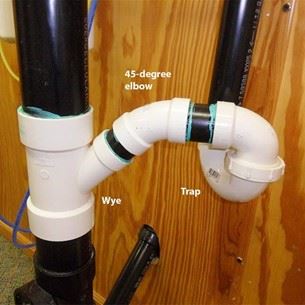
- Installing a Saddle Valve for a Humidifier or Ice Maker
Current plumbing codes prohibit the use of piercing saddle valves. Nonetheless, they are still included in certain ice maker and furnace humidifier sets, which are still available at home centers. As a result, do-it-yourselfers continue to install them. That's a massive mistake. Saddle valves are infamous for leaking, especially after numerous shut-and-open cycles. Because they're frequently installed in inconspicuous locations, a leak can go undetected for months, producing mold concerns. Remove the saddle valve and substitute it with a ball valve. If you currently have a saddle valve installed, remove it and replace it with a ball-style shutoff valve before the old valve begins to leak.
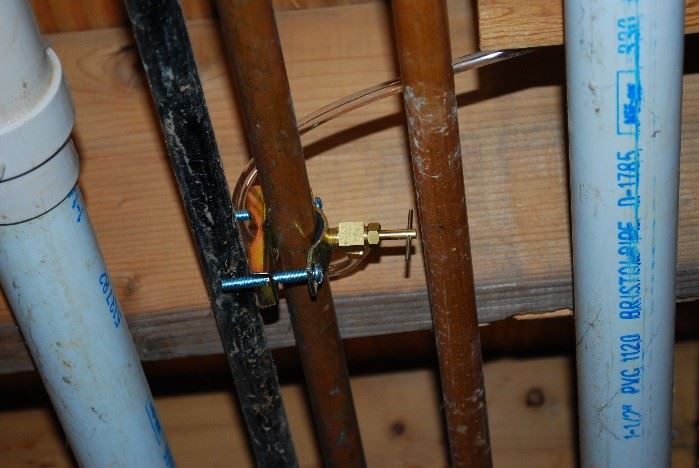
Order a Plumber's NYC plumbers also have the necessary state certifications to conduct backflow testing of your prevention systems in residential and commercial areas. You can't afford to take any chances when it comes to preventing bacteria from infesting your water supply.
At Order a Plumber, we take the guesswork out of everything and help you with all your service needs. When you need help keeping your home comfortable this winter, we are here for you. If you have problems or would like to install a new boiler, Contact Us at Order A Plumber today for all your home plumbing needs..
If you are in need of plumbing help, call (631) 234-0687 now or schedule a service online!
